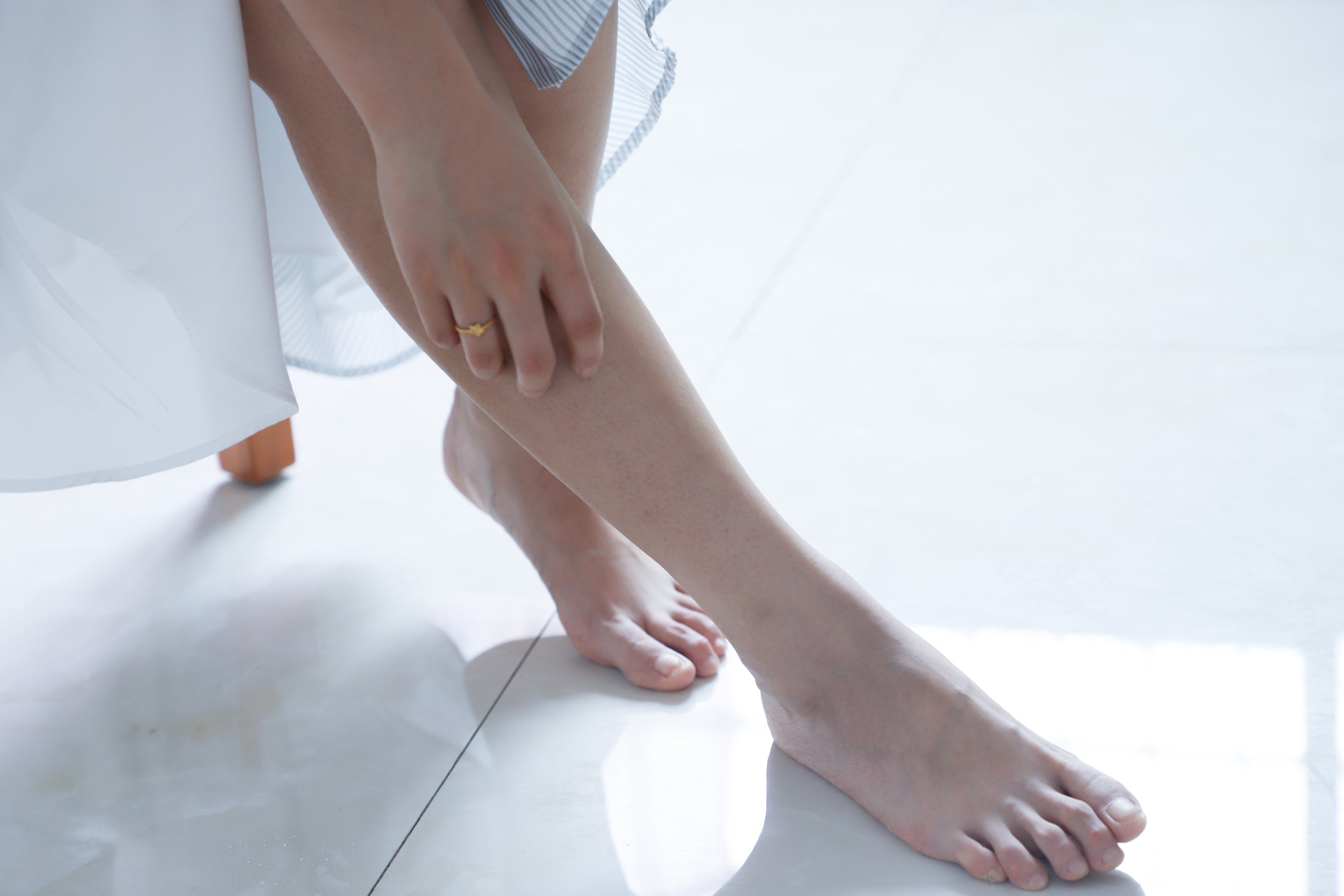
Ingrown Toenail | Toenail Fungus
Podiatrists, Treatment for Ingrown Toenail in Woodbury Heights, Haddon Heights, Voorhees, & Pine Hill, NJ
Prime Foot and Ankle Specialists for successful treatment for ingrown toenail and diagnosis.
It is a common condition in which the edges or corners of your toenail begin to grow into the adjacent skin. It is most likely to occur in the big toe.
As the nail grows into the skin, the area becomes painful and inflamed — but can also become infected without treatment. Indeed, complications from this condition are not unknown and can become serious if you have diabetes or other conditions associated with poor circulation.
Ingrown toenail symptoms include swollen, tender, or hard skin around the nail, pain in the toe with pressure, and a gradual fluid build-up around the toe. As the toe progresses towards infection, symptoms include:
Pain
Bleeding
Red, swollen, hot skin
Oozing pus
Skin overgrowth around the toe
Begin toenail treatment immediately to prevent infection and other complications.
What are the Causes?
Ingrown toenails do not have a definitive cause. Here is a list of potential causes and risk factors:
Incorrect toenail cutting technique (i.e., cutting down the sides)
Irregular, curved toenails
Wearing constrictive shoes (e.g., high heels)
Poor posture
Severe or repeated toenail injury
Genetic predisposition
Improper foot hygiene
Prior nail infection
Sweating feet
All of these factors either alter the nail's normal growing pattern or soften the nail and damage the surrounding skin. Nails typically act as a barrier against infection. Once the spike of the nail pierces the skin, however, it opens the door to all manner of bacteria and fungi.
How to Treat an Ingrown Toenail?
Treating it depends wholly on when you discover it. If caught early, a nonsurgical fix may be possible. There's no need to Google "ingrown toenail removal near me" — we'll treat it and teach you the correct prevention techniques.
1. First, soak the toe in water.
2. Then, push the skin fold over the ingrown toenail using a cotton bud. Start at the root of the nail and work towards the end.
3. You'll need to repeat this process daily; add a little piece of cotton wool under the nail to help it grow over the skin.
The fundamental principle is to prevent the skin from growing over the nail's edge. Otherwise, you should see a doctor if:
The ingrown toenail is persistent and troublesome.
There are signs of an infection (or you have diabetes or an impaired immune system).
You are losing sensation or feeling in your foot.
Your podiatrist may choose to perform a partial nail removal to ensure the nail grows straight. In rarer cases, total nail removal may be required if the ingrown nail is caused by thickening.
Toenail Fungus
It is common in the feet due to the warm, moist environment. Toenails, in particular, are a prime location for fungal infections, causing discoloration, nail thickening, and nail cracking and breaking.
Your feet can be exposed to fungal infections in several ways:
Skin contact with a person who has a fungal infection, e.g., athlete's foot or ringworm
Skin contact with an infected location, e.g., moist environments like locker rooms or public pools
Sweaty socks and shoes
Share infected personal items, e.g., nail clippers or a towel
Certain people are more susceptible to toenail fungus infection, including older adults, people with poor circulation, people with chronic health conditions (such as cancer, diabetes, impaired immune system, psoriasis, etc.), recent organ transplants, or existing infections.
You can identify it via the symptoms:
Nail discoloration (yellow, white, or brown)
Hardened or brittle nails
Nail thickening
Pain and discomfort wearing shoes
How to Treat a Toenail Fungus?
Fungal infection has three primary treatment methods:
Topical antifungals.
The US Food and Drug Administration (FDA) approved the use of amorolfine, ciclopirox, efinaconazole, and tavaborole for topical antifungal treatment. Best suited for mild cases – applied like nail polish daily for up to a year.
Oral antifungals.
The US FDA approved the use of fluconazole, griseofulvin, itraconazole, and terbinafine for the oral treatment of toenail fungus. The medications are more effective than topical treatments but can produce liver and heart adverse events.
Laser treatment.
The latest advances in antifungal treatment involve using laser therapy to kill the fungus and inhibit further fungal growth. It's up to 74% effective, according to the best evidence.
If you're struggling with an ingrown toenail or chronic fungal infection, contact our team for the highest-quality podiatric treatment in New Jersey.





